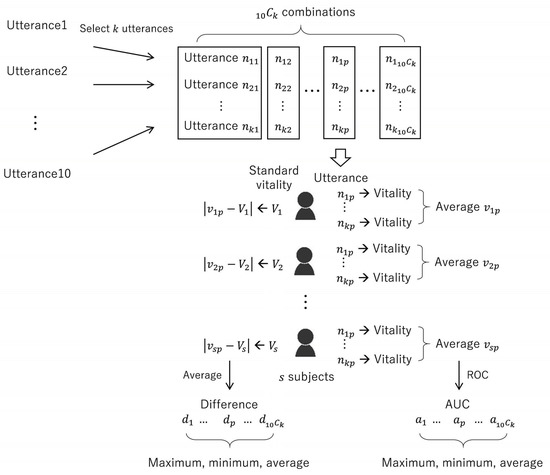Imaging and Sensing of Biometric Systems
A topical collection in Sensors (ISSN 1424-8220). This collection belongs to the section "Sensing and Imaging".
Viewed by 3489Editors
Interests: Biomedical signal and image processing in biomedical/Healthcare Sensors and its applications; Networks and Artificial IoT for various sensors
Interests: computer vision (object detection, tracking, segmentation, registration, recognition, etc.); machine learning (deep learning, reinforcement learning, evolutionary learning, etc.)
Topical Collection Information
Dear Colleagues,
Various imaging and sensors technologies for biometrics systems have long been regarded as challenging topics when it comes to providing the ability to identify individuals based on their characteristics. However, research to quantitatively recognize and authenticate the many human biometric features through the development of the 4th industrial revolution technologies, such as Artificial Intelligence, IoT, Blockchain, etc. have only recently seen rapid progress.
Recent studies on “biometric systems” have been actively carried out to quantitatively recognize human biometric and sense it as a multimodal parameters such as images, sounds, and voices to provide adequate applications. As these studies have been ongoing over several decades, there has been a paradigm shift from a system that requires an artificial intelligent sensor, deep-learning-based imaging systems, and blockchain-based authentication. In addition, multimodal biometric approaches to recognize and authenticate human biometrics can be found by analyzing factors that may affect biometric systems in the environment. Within this framework, I am pleased to serve as Guest Editor of this Special Issue on “Imaging and Sensing of Biometric Systems”. For this Special Issue, research regarding imaging and sensor applications on biometrics while considering applicable technology of imaging and sensors for biometric systems is of interest. Of particular interest is research that can break away from traditional sensor technology that brings obstacles of technologies, and research that instead solves the challengeable research issues of biometric systems through novel sensor-based solutions.
Dr. Dong Kim
Collection Editor
Prof. Dr. Junliang Xing
Co-Collection Editor
Manuscript Submission Information
Manuscripts should be submitted online at www.mdpi.com by registering and logging in to this website. Once you are registered, click here to go to the submission form. Manuscripts can be submitted until the deadline. All submissions that pass pre-check are peer-reviewed. Accepted papers will be published continuously in the journal (as soon as accepted) and will be listed together on the collection website. Research articles, review articles as well as short communications are invited. For planned papers, a title and short abstract (about 100 words) can be sent to the Editorial Office for announcement on this website.
Submitted manuscripts should not have been published previously, nor be under consideration for publication elsewhere (except conference proceedings papers). All manuscripts are thoroughly refereed through a single-blind peer-review process. A guide for authors and other relevant information for submission of manuscripts is available on the Instructions for Authors page. Sensors is an international peer-reviewed open access semimonthly journal published by MDPI.
Please visit the Instructions for Authors page before submitting a manuscript. The Article Processing Charge (APC) for publication in this open access journal is 2600 CHF (Swiss Francs). Submitted papers should be well formatted and use good English. Authors may use MDPI's English editing service prior to publication or during author revisions.
Keywords
- Artificial Intelligence for biometric systems
- Deep learning for biometrics
- Blockchain technology for biometric systems
- ECG/EEG/EMG/EOG signal sensing multimodal biometric systems
- Facial/fingerprint/iris/vascular/thermal imaging multimodal biometric systems
- Voice/heartbeat sound sensing multimodal biometric systems
- Alternative imaging and sensor technology for biometrics
- IoT sensors for biometric systems
- Biometric imaging and sensor systems
- Imaging and sensing of biometric applications in other disciplines (e.g., mobile, portable devices)







